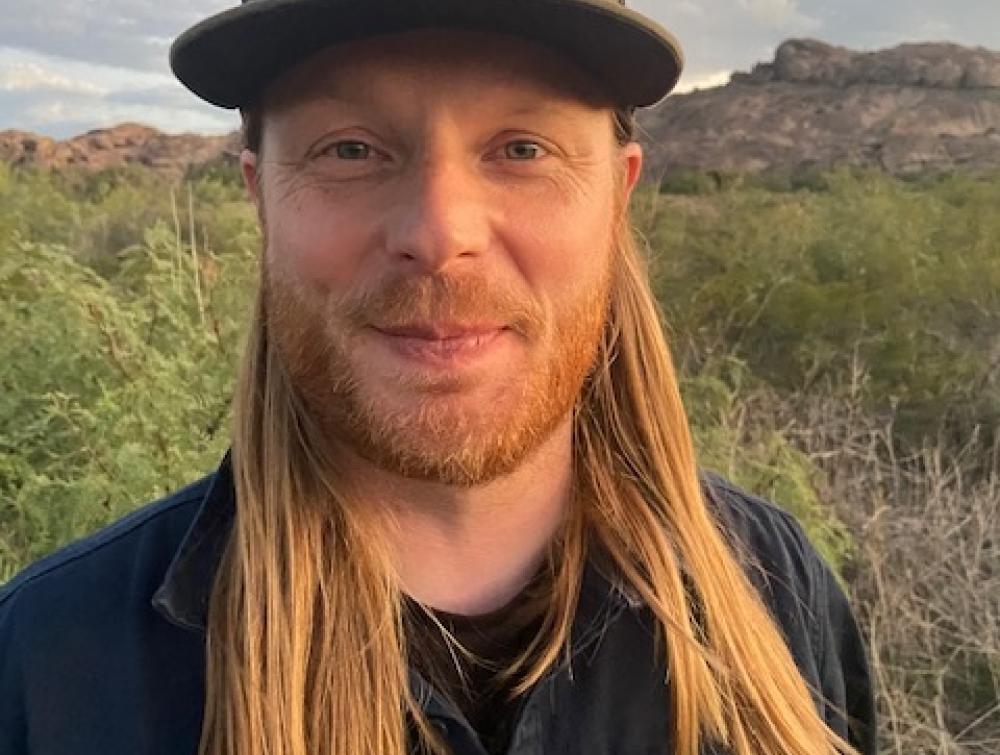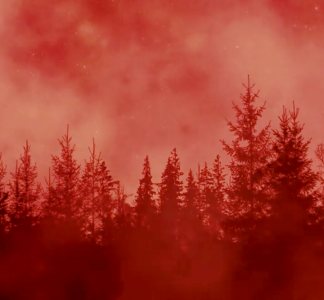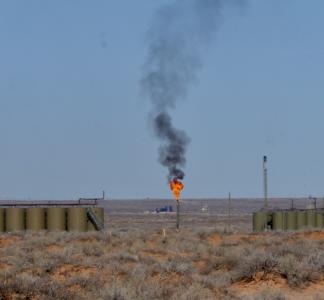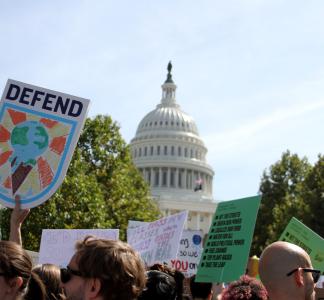Stories from the Permian Basin: Charlie Barrett

Charlie Barrett
Charlie Barrett is a field advocate and a thermographer for Earthworks in New Mexico, where he uses an optical gas imaging camera to collect emissions data from oil and gas facilities. We spoke with him about his experience. Here’s what he had to say: (This interview was edited and shortened for clarity)
“I used to work as an ecologist for the Forest Service, so I spent a lot of my time studying endangered species or threatened species in the Permian Basin and thought, well, there's got to be a more impactful way to do this type of work.
This used to be the largest contiguous grassland in North America. And now because of the oil and gas industry and the cattle industry as well, it's hard to see examples of habitat fragmentation that have led to this much destruction.
I mean, it almost looks like a war zone in some parts of the Permian Basin.
I started working with Earthworks on January 1st of 2022. I work as an optimal gas imaging thermographer. I work with coalition partners and frontline community members documenting methane and VOC emissions and how that affects our ecosystems and public health.
When I collect data, I'm mostly focusing on venting and flaring events and also emissions coming from tank batteries and compressor stations. I will organize that data and file complaints with the appropriate enforcement agency. We're creating a very large database that shows how it's great to have rules and regulations in place, but [it’s] almost meaningless when there's no capacity for enforcement, which is what we're dealing with in New Mexico.
I also work with frontline community members who may live in close proximity to oil and gas facilities where laws are supposed to protect them. These laws are not enforced. The operators have so much power and people living in close proximity to these facilities whose health may be affected are essentially powerless.
You can't see methane and other volatile organic compounds without having this technology and the camera makes the invisible visible. When you actually see the amount of emissions, [you] realize almost immediately how devastating this is. Most community members have never had an opportunity to see something like this and when they do, they're like ‘Wow, there is something happening here. This is where that smell is coming from and this is why my family member is sick.'
There is no solution to this problem unless we end permitting [for oil and gas drilling].
Considering we don't have the capacity to enforce basic rules and regulations or to inspect facilities, by continuing to issue more permits, we’re only exacerbating and perpetuating this problem. We have to continue to expose New Mexico's inability to enforce rules and regulations. I think we're doing a good job of that. But we need to do more.
It's our responsibility not only to protect our own species, but to protect all lifeforms who are not responsible for the damage we've done, and to realize that if we continue to do this there won't be any natural spaces to enjoy any longer.”



